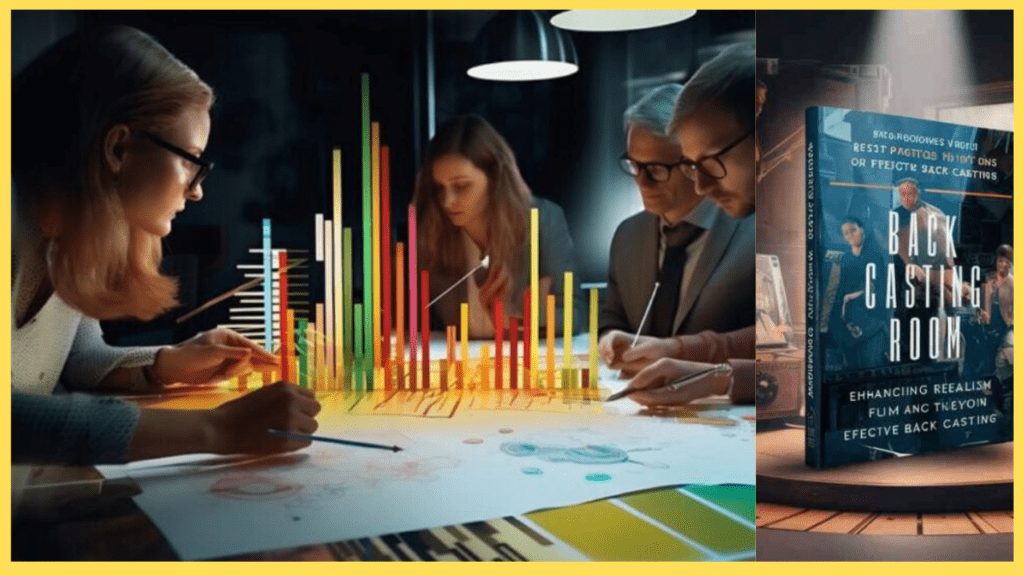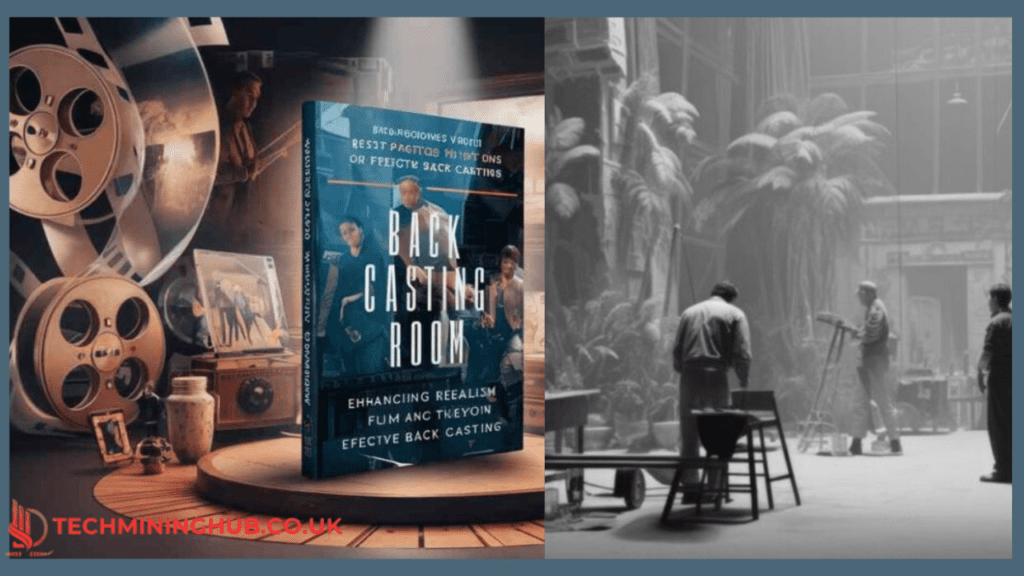Our current fast-paced society needs something beyond hope for successful visioning of a brighter future. The solution depends on wise outlook combined with partnership initiatives and practical insights. Back casting provides planners with a fresh approach through its planning strategy, which starts by defining future targets and then traces backward to create action plans for their achievement. The “Back casting Room” provides 10 essential lessons to help make advancements toward an improved future for all people and communities along with the planet.
Lesson 1: A specified future vision forms the foundation of this framework.
Every successful backcasting room approach depends on an inspiring vision for the future as its foundational element. A clearly defined endpoint serves as a guiding compass that helps direct meaningful change initiatives. When setting the target of reaching a carbon-neutral world by 2050, it produces a specific challenge that stimulates both innovation and concrete action toward change. Ambitious goals need to exist within the realm of realistic achievement along with visionary ambitions.
Key Takeaway:
Crafting a united picture of the future must speak to all stakeholders so they actively support and deeply subscribe to the effort.
Lesson 2: Embrace Systems Thinking

True transformative change requires complete comprehension of system interdependencies. When organizational leadership tackles economic challenges, their social programs and environmental practices automatically take effect. The analytical approach of back room casting allows organizations to understand system dynamics in order to pinpoint intervention possibilities.
Key Takeaway:
You should evaluate your systems by visualizing relationships between system components to locate major change opportunities.
Lesson 3: Retroactive study provides essential knowledge required to guide future actions.
Future goal setting via backcasting still depends heavily on additional understanding from historical perspectives. The evaluation of past achievements, coupled with assessments of past failures and trends, leads to the identification of recurring patterns along with potential trouble spots. By examining how renewable energy gained adoption, we can discover the obstacles and catalysts needed to drive future clean energy transformations.
Key Takeaway:
Past data and real-life experiences should guide you in creating strategies that lead toward your future objectives.
Lesson 4: Foster Collaborative Partnerships
All future challenges require collaborative action. Different public entities, alongside businesses, non-profits, and communities, need joint efforts to unite their resources together with professional skills and collective viewpoints. Using back room casting couch sessions, practitioners develop valuable alliances by producing shared targets and goals across departmental boundaries Art.
Key Takeaway:
The creation of dialogue platforms along with collaboration networks enables organizations to unite their collective minds and assets.
Lesson 5: Prioritize Equity and Inclusion

Under a sustainable future, everyone, including marginalized communities, must receive equal treatment. Backcasting enables planners to develop strategies that aim to decrease existing gaps in education and healthcare benefits and economic opportunity distribution. Through inclusive stakeholder involvement, planners can develop solutions that produce benefits across the entire community.
Key Takeaway:
Planning activities must include multiple perspectives in order to produce fair and inclusive results.
Lesson 6: Creating success in the present while planning accomplishment for the future must be respected
Transformation requires a combination of quick actions together with continuous development to reach higher societal goals. The utilization of new back room casting couch principles to set long-term goals requires the parallel establishment of short-term milestones because these markings help maintain stakeholder trust and project momentum.
Key Takeaway:
Use concrete targets that follow the main vision for a steady advancement path.
Lesson 7: Leverage Technological Innovations
The upcoming technologies have the ability to address future problems effectively. Technological innovation in combination with artificial intelligence and renewable energy solutions imparts speed to desired outcome developments. Through casting approaches we can determine which technological developments offer maximum impact on our desired outcomes.
Key Takeaway:
Organizations should use futuristic technology strategies that connect their investment decisions to their future perspective.
Lesson 8: Cultivate Resilience and Adaptability
The path leading toward improved outcomes manifests itself in unpredictable ways. Unexpected economic downturns together with nature-made disasters often interrupt established plans. The inclusion of adaptable elements in strategic plans produces flexible reaction mechanisms for unexpected events.
Key Takeaway:
Organizations need to build contingency frameworks while developing a resilient environment that handles unexpected events.
Lesson 9: Measure Progress and Reassess Strategies
Daily inspection of goal advancement enables organizations to maintain their chosen direction. According to backcasting techniques, organizations can define quantitative markers to gauge their operational achievements. The proper evaluation of unmet goals requires critical assessment together with improvements to existing approaches.
Key Takeaway:
Maintain complete monitoring systems that must accept continuous refinements.
Lesson 10: Inspire Collective Action Through Storytelling
Through storytelling we can inspire, motivate, and unite different populations. When we deliver passionate stories about shaping a future for the better, we stimulate both personal and community-driven action. Backcasting projects become more effective when storytelling creates detailed pictures that describe the intended future outcome.
Key Takeaway:
The ability to tell stories helps organizations create momentum leading to greater public participation.
Frequently Asked Questions (FAQs)
What is backcasting?
Backcasting serves as an organizational planning process that defines ideal future objectives, after which planners revert to identify achievement steps from end to beginning.
Backcasting serves as a planning procedure that stands apart from normal forecasting techniques.
A basic distinction emerges between forecasting that uses existing patterns to predict forthcoming results and backcasting, which sets intended future outcomes as its starting point to create implementation pathways.
Who can use backcasting?
Backcasting serves organizations and governments alongside individuals through its ability to create strategic solutions that help address difficult present-day issues for the betterment of future society.
Backcasting applications exist in what practical examples?
The backcasting approach finds applications across sustainable development initiatives and urban planning as well as energy systems transformation and climate change adaptation programs.
What are the initial steps needed when beginning with backcasting?
Initiate future backcasting through defining specific end targets followed by stakeholder escalation and then identification of required action paths. Systems thinking practice assists you to set quantifiable targets.
Backcasting depends on equity. What role does it serve?
The implementation of equity produces strategies that serve every population group, including underserved communities.
The function of technology in achieving backcasting goals remains unclear.
Technology functions as a transformative force that delivers modern answers to achieve extended targets.
Which indicators help determine when backcasting has reached its goals?
Progress follows a three-step process starting with indicator-based milestone planning followed by constant outcome monitoring and necessary strategy adaptation.



